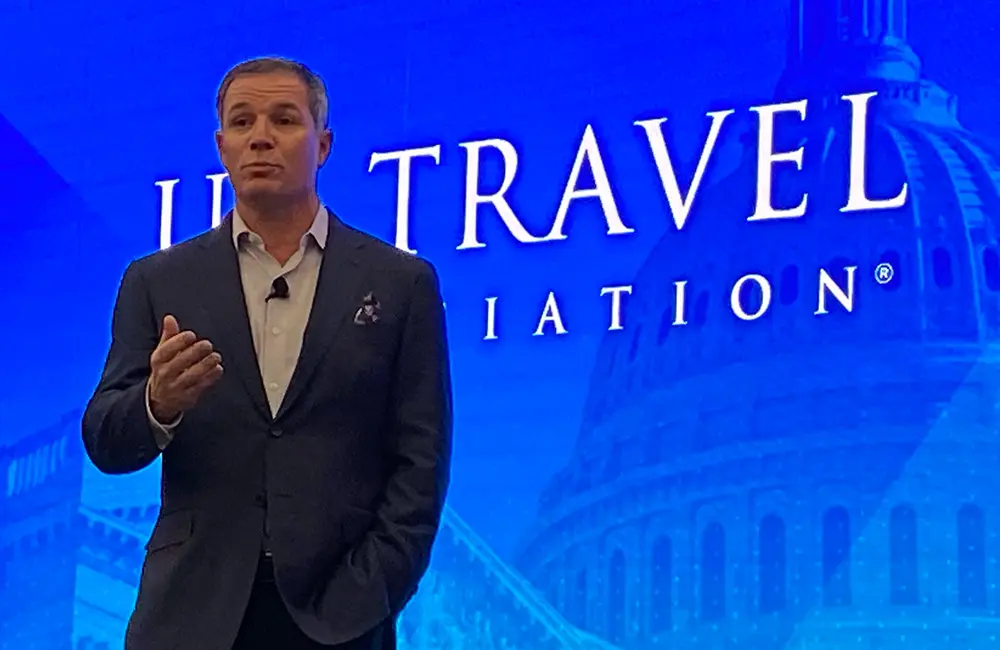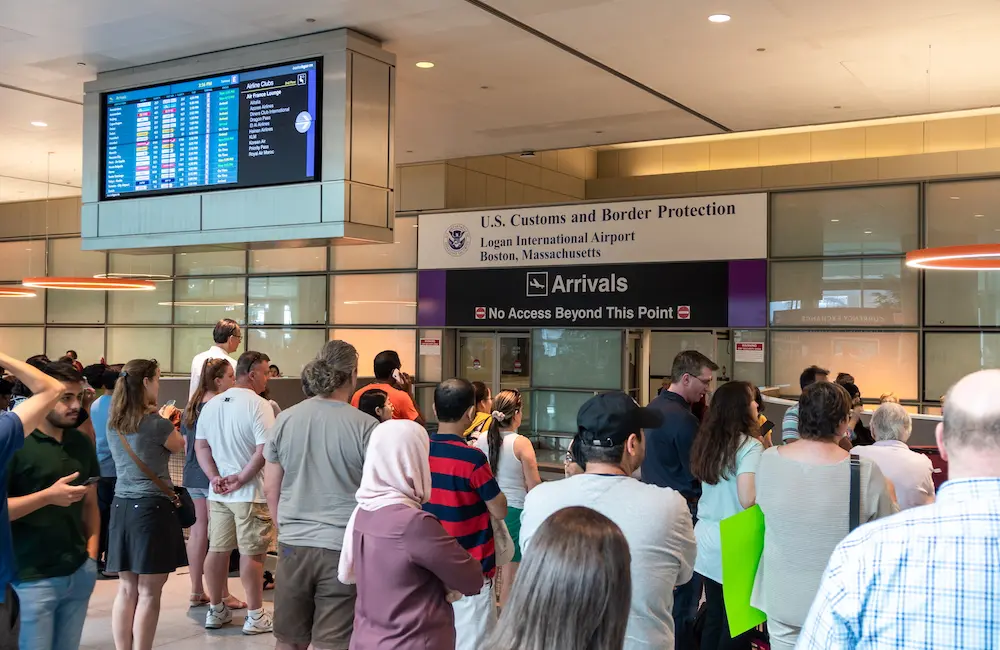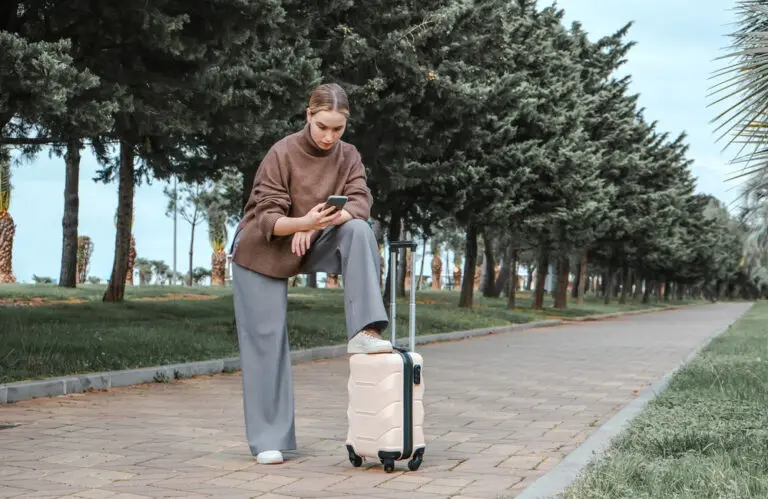The first US government shutdown in six years has commenced after American lawmakers failed to reach a funding deal to keep operations open before the 30 September deadline. While the shutdown primarily impacts US residents, it also raises concerns for travellers within the States, particularly those moving by air or visiting the country’s National Parks.
The first thing to know is that American skies will remain open, but it won’t be business as usual.
According to the US Department of Transportation (DOT), more than 11,000 employees at the Federal Aviation Administration (FAA) – about a quarter of its workforce – will be furloughed. The FAA said that leaves around 13,000 air traffic controllers working without pay until funding resumes, Reuters reported. And opens the possibility of flight disruptions.
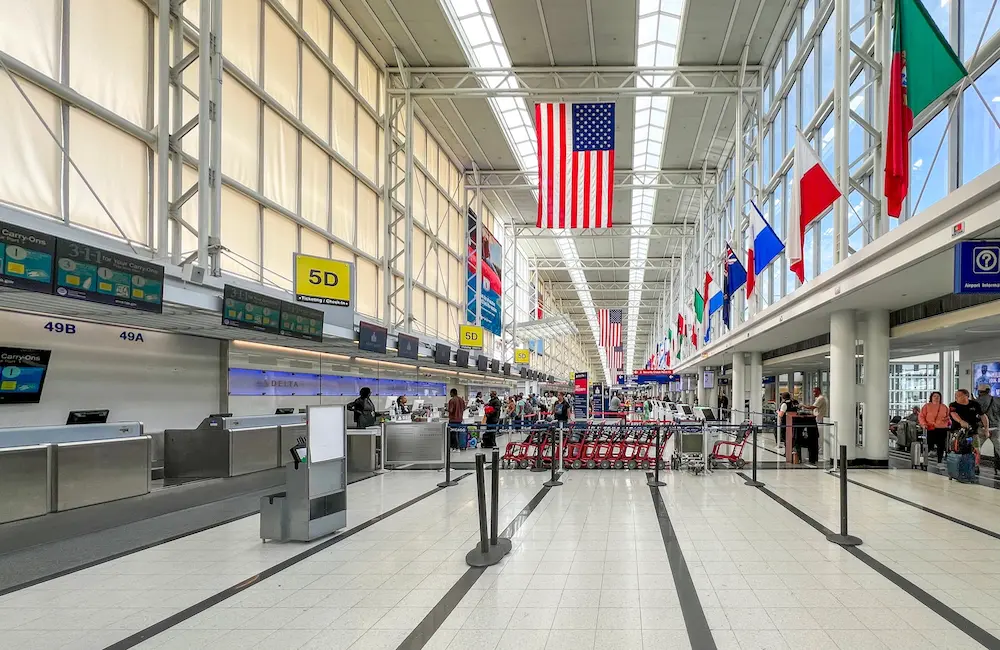
With this in mind, a coalition of aviation groups warned Congress before the shutdown that FAA furloughs could trigger service backlogs and delays “long after funding resumes”, according to NBC News.
“While air traffic controllers, technicians and other excepted aviation safety professionals will continue to work without pay, many of the employees who support them are furloughed, and the programs that the FAA uses to review and address safety events are suspended,” the groups wrote in a letter to Congress.
“To remain the world leader in aviation, we must continue to strive to improve efficiency and further mitigate risk.”
Airline industry body Airlines for America, which represents major US carriers, echoed the concerns, saying the system “may need to slow down, reducing efficiency” and ultimately impacting passengers.
The fear is that staffing pressures, already stretched with the FAA around 3,800 controllers short of its staffing target levels, could worsen, Reuters reported.
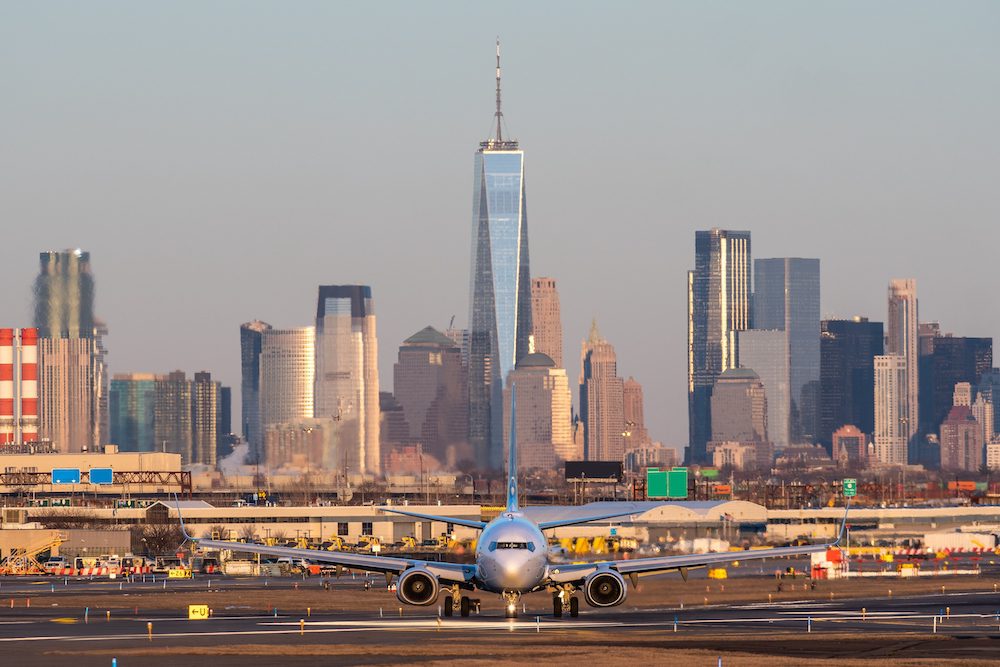
At the nation’s airports, Transportation Security Administration (TSA) checkpoint staff will continue screening passengers. But like controllers, the agency’s 50,000 workers won’t be paid until the shutdown is over. Past shutdowns have shown the risks: during the record 35-day lapse in 2019, unpaid workers began calling in sick, which extended wait times at major airports and even forced authorities to reduce air traffic into New York.
Crucially, the FAA has promised essential safety functions, such as aircraft oversight and certification, will continue. However, training and hiring of new controllers will stop, as will some security inspections and law enforcement support.
The National Transportation Safety Board (NTSB) is also feeling the pinch. About a quarter of its workforce will be furloughed, though the agency says it can still launch new crash investigations. By contrast, in 2019, when 90% of staff were stood down, 22 accidents went uninvestigated.
Beyond the immediate aviation impacts, the broader financial toll is already under the spotlight. Advocacy group, the US Travel Association, has warned that the shutdown could cost the economy $1 billion a week, with travel and tourism one of the hardest-hit sectors.
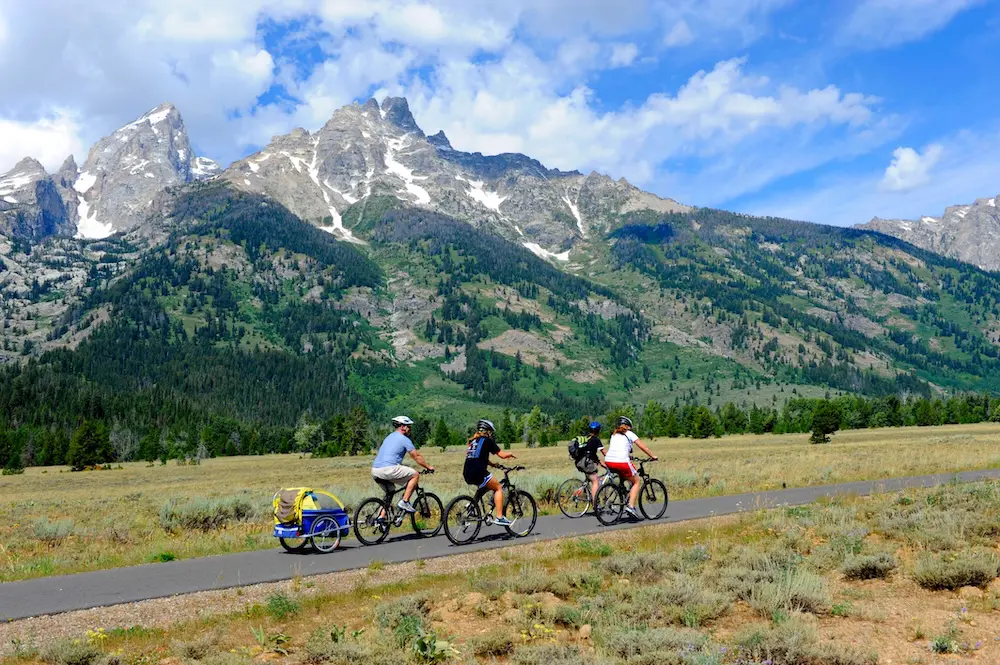
Meanwhile, many US national parks will stay open during the shutdown, but won’t be fully staffed, a memo obtained by Bloomberg Businessweek states.
The note says that roads, trails, lookouts and open-air memorials are expected to remain accessible, though the majority of the National Park Service’s 16,000 staff will be furloughed. Additonally, a limited number of rangers may be funded by entrance fees to handle safety, emergencies and law enforcement. The guidance follows uncertainty over park operations, already strained by staff cuts, Bloomberg reports.
While the exact impact of the shutdown on travel and tourism is unclear, the longer it drags on, the rougher the journey could get for travellers.
“The longer a shutdown drags on, the more likely we are to see longer TSA lines, flight delays and cancellations, national parks in disrepair and unnecessary delays in modernising travel infrastructure,” US Travel Association President and CEO Geoff Freeman warned before the shutdown.
The Australian Government continues to advise “exercise normal safety precautions” in the United States – the lowest travel alert level.
